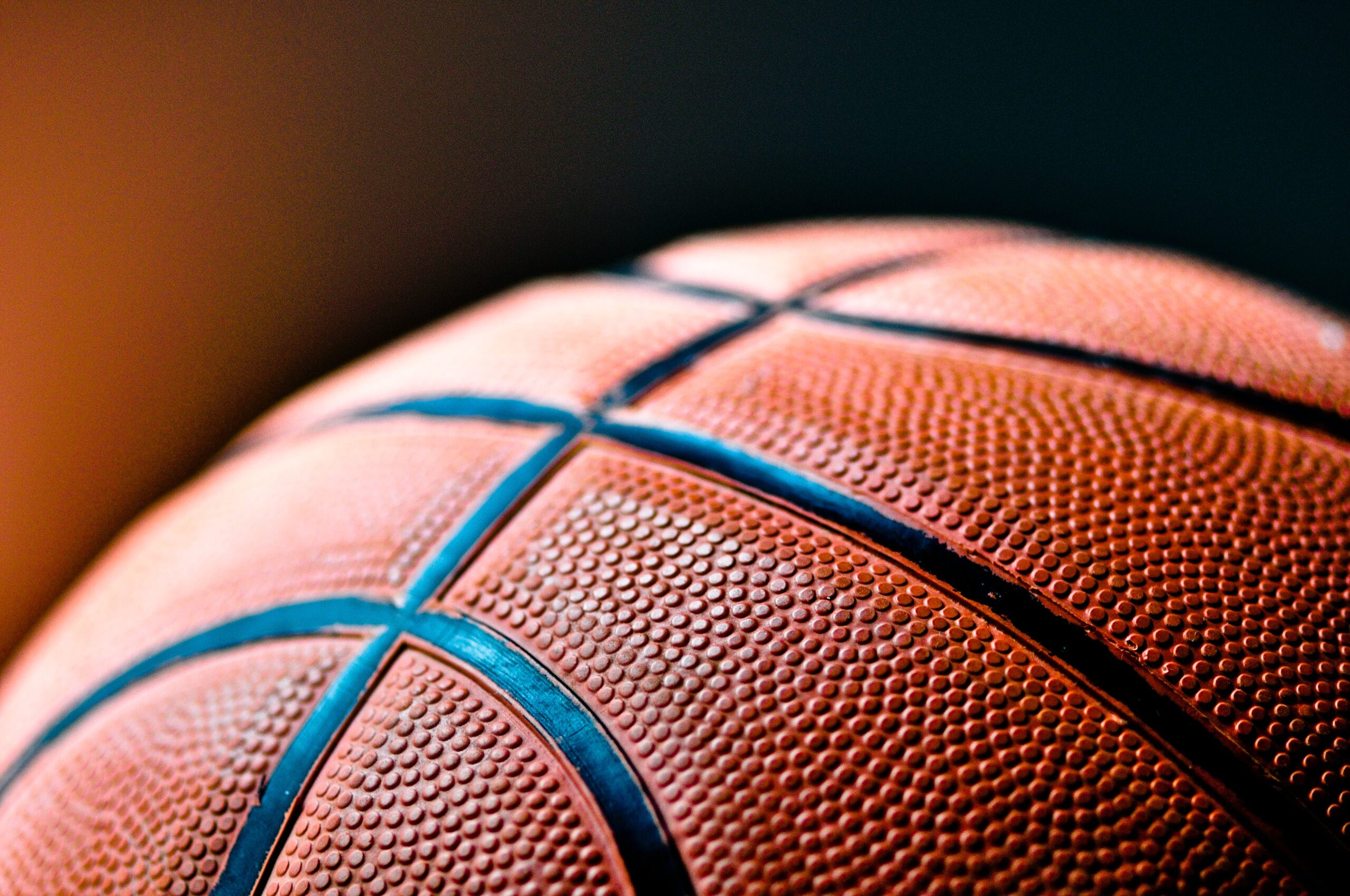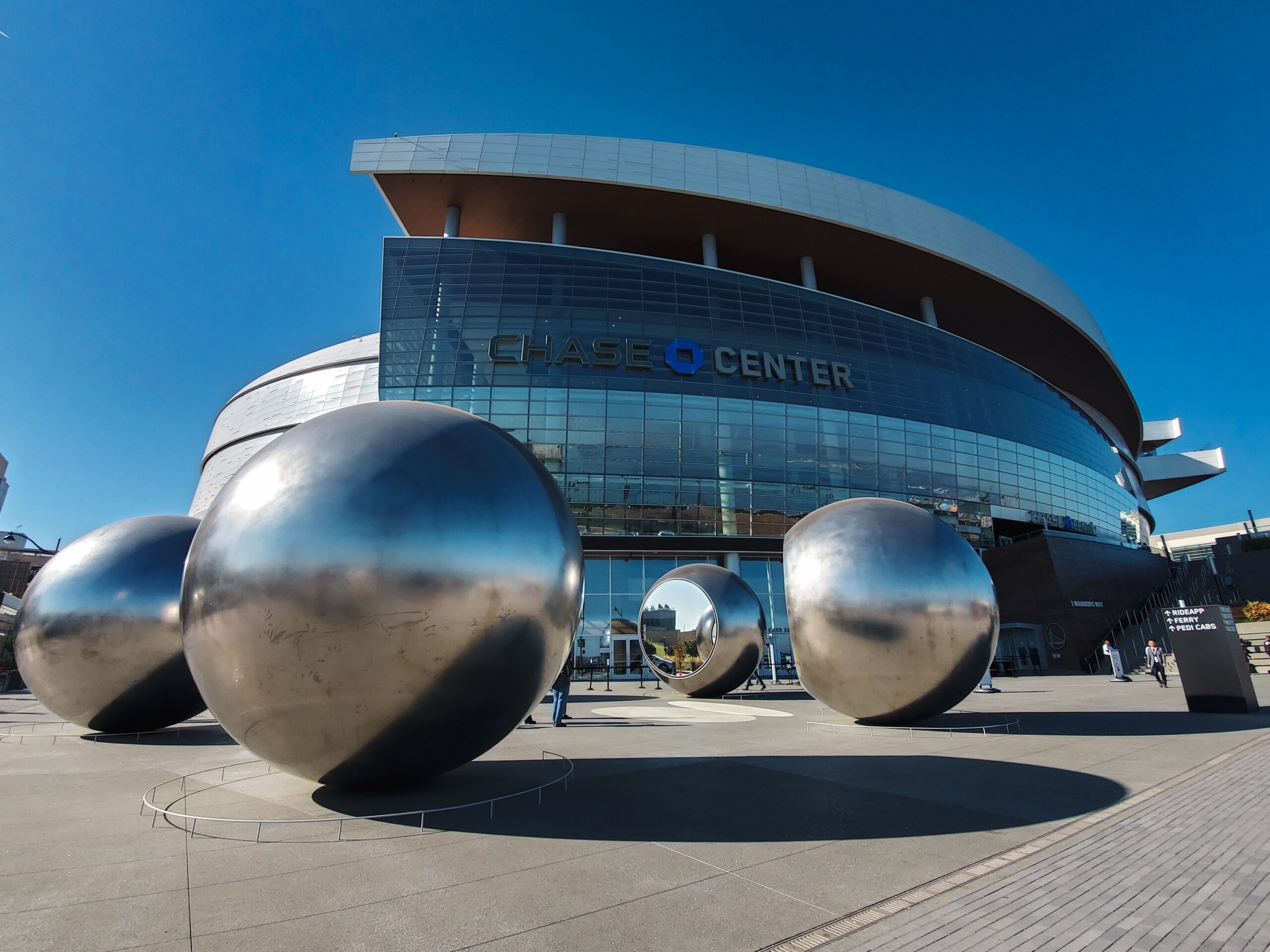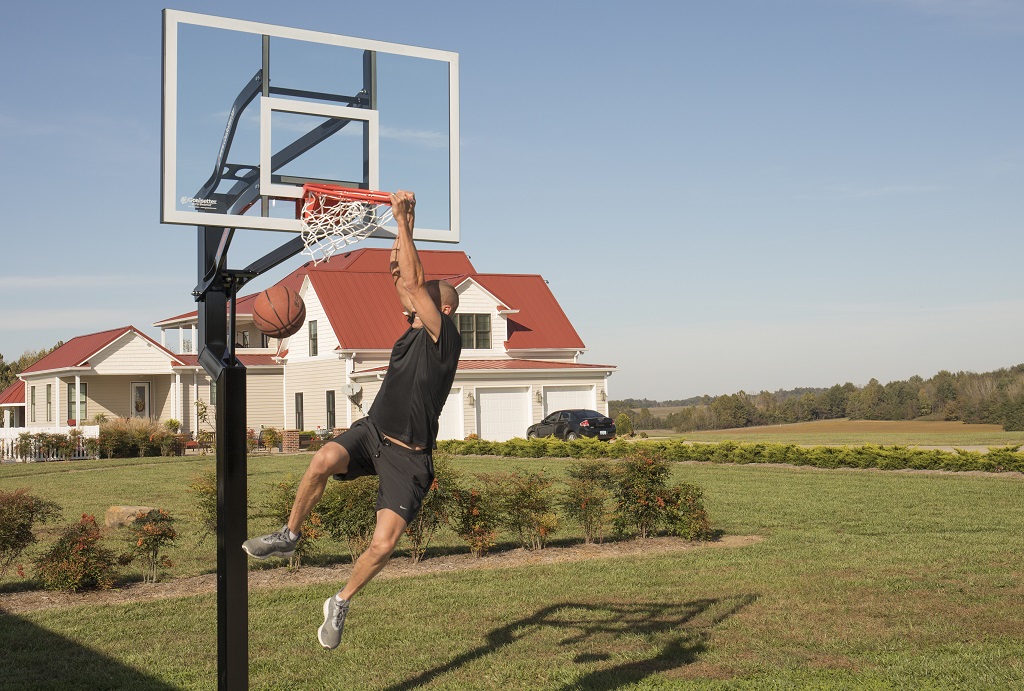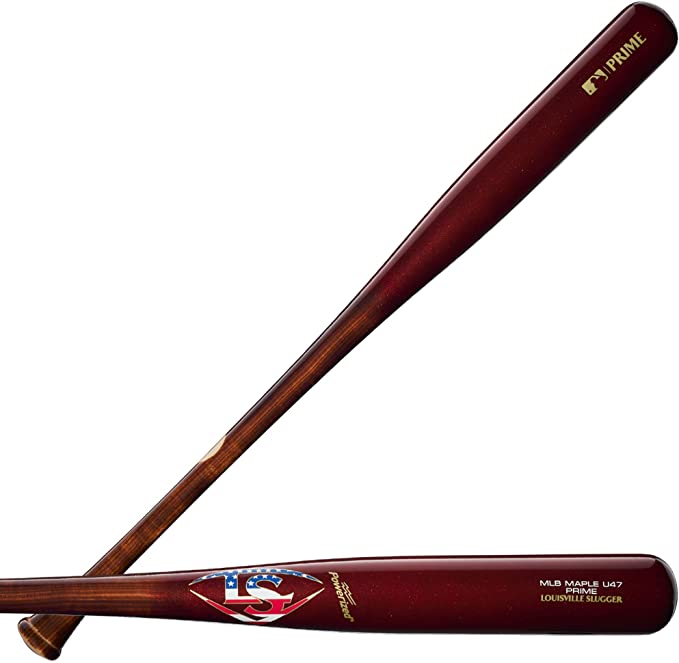The hockey game is a pretty fast game, and it requires a lot of effort from the players to win the match. In order to win, the player needs to have top-notch skills, without which he cannot score goals. This is where the hockey draft comes into place, as these drafts are responsible for producing talented players with the best skills so that play can be successful.
The players picked will become a member of the NHL team, and the NHL will have exclusive rights to sign them to a contract with the league. There are 217 participants in the entrance draft, which is divided into seven rounds with 31 options per round.
This article will talk about the hockey draft and how it works.
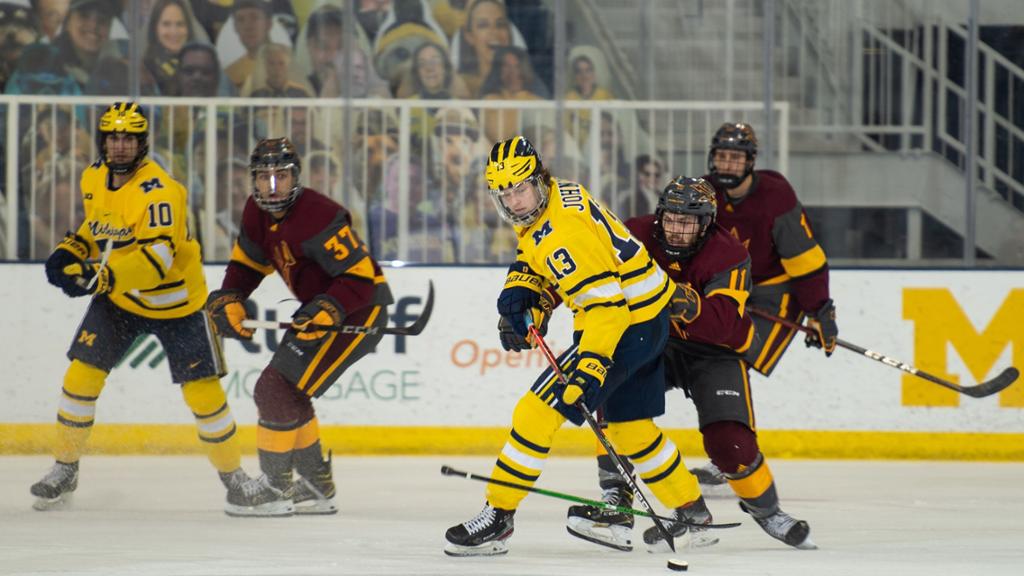
How does the NHL Entry Draft Work?
The draft is held in order to add players to a hockey team and not take them away. That means that when a player is drafted into a hockey club, he doesn’t leave his old club and all his previous records remain intact. The drafts are held in such a manner so as to ensure that each and every detail is taken care of.
A mix of lottery, regular-season standings, and playoff outcomes determines the order in which players are selected in the NHL Entry Draft. The NHL entry draft is a procedure through which teams will be able to choose individuals between the ages of 18 and 20 who will have the opportunity to play in the NHL.
The players picked will become a member of the NHL team, and the NHL will have exclusive rights to sign them to a contract with the league. There are 217 participants in the entrance draft, which is divided into seven rounds with 31 options per round.
The six teams that did not qualify for playoffs can pick players from the list of Entry Drafts who have been playing in college, junior hockey, or European leagues. In addition to this, any team can trade their choice to another club. Furthermore, a club may choose a player from the entry draft after one season in the minor league.
What is the process of Drafting Players?
A mix of lottery, regular-season standings, and playoff outcomes determines the order in which players are selected in the NHL Entry Draft.
The first 14 choices are given to the 14 teams who did not make the playoffs in the previous NHL season. Subject to the outcomes of the draft lottery, they pick in order of the fewest points scored in that season to the highest points scored in that season.
The lottery is held amongst the clubs, with the first 14 choices in the draft. In the lottery, there is only one winning team. The first overall pick is given to that team, and the rest of the teams are chosen based on their previous points totals.
Competing will be each of the 15 teams who did not make it to the Stanley Cup Playoffs (or the clubs that have acquired a non-playoff team’s first-round pick). The probabilities of each team winning are determined by the inverse order of the final season standings.
There will be three distinct drawings:
- The number one pick is determined by the first.
- For the second drawing, which will decide the No. 2 choice, the chances for the remaining clubs will be altered correspondingly.
- Then it’s back to the drawing for the third time, this time for the No. 3 choice.
Based on the inverse order of the standings, the remaining clubs will receive selections 4-15. The lottery can be won by any of the 15 teams, although no club can advance more than three slots.
Furthermore, the basic draft order, like that of other major sports leagues, favors the clubs that have had the worst season and are likely to need the most development in their squad to compete with the other teams.
The following is the fundamental sequence in which the picks are placed:
- The teams who did not make the playoffs the previous season (picks 1–15)
- The teams who made the playoffs last season but didn’t win their division or make the Conference Finals (picks 16–23 up to 27) but didn’t win their division or make the Conference Finals.
- In the previous season, the teams who won their divisions but did not advance to the Conference Finals (possibly choices 24–27)
- Conference Finalists are teams who lose in a game (picks 28 and 29)
- In the Stanley Cup Finals, the club that finished second to the Penguins (pick 30)
- The previous season’s Stanley Cup-winning squad (pick 31)
What is the NHL draft lottery?

The NHL Draft Lottery is a weighted mechanism that determines the order in which the NHL Draft’s first 14 choices will be selected in the first round. The teams who finish with the fewest points in the regular season have the best chance of getting the NHL Draft’s first choice.
Additionally, the NHL Entry Draft lottery is when a team from the National Hockey League has an opportunity to get the first pick when it comes to drafting players. This draw usually takes place at the end of the regular season before the playoffs begin.
This means that a team can have a chance to draft a player who will be crucial for its performance in the upcoming playoffs. The winner of the lottery draft is decided through a draw and has been taking place since 2015 when it replaced the former system of allowing each team to draft first once.
The lottery involves all the teams that have missed out on playoffs and those who had ranked in between 15-30 (inclusive). They all vie for the first draft pick through a lottery draw because it means an added advantage for their team.
The league sets the rules of the NHL Draft Lottery to ensure fairness and transparency in the process. However, the first overall pick is not always guaranteed to the club with the best chance. The percentages of chance are as follows:
- Team 1 – 25.0%
- Team 2 – 18.8%
- Team 3 – 14.2%
- Team 4 – 10.7%
- Team 5 – 8.1%
- Team 6 – 6.2%
- Team 7 – 4.7%
- Team 8 – 3.6%
- Team 9 – 2.7%
- Team 10 – 2.1%
- Team 11 – 1.5%
- Team 12 – 1.1%
- Team 13 – 0.8%
- Team 14 – 0.5%
How long does an NHL draft lottery?
The basic purpose of the NHL Entry Draft is to help new upcoming players get noticed by teams so that they can be drafted for future tournaments and championships. This helps them gain experience in the world of professional hockey, which will put them in a better position to win the Stanley Cup.
The NHL Entry Draft usually takes place over a span of two to three days, during which all players who have been invited are drafted by one of the hockey teams. The draft order is decided at the beginning of every season and remains constant for that particular year. However, it can be changed under special circumstances, like a team going bankrupt or terminated.
The draft lottery is also something that is not constant and changes on special occasions. There are seven rounds, with about one selection per club every round, plus any compensating selections that may be provided. The first round is usually held on the first day of the draft, while the next six rounds are held on the second day.
Who are the eligible players for the NHL draft?
Before each draft begins, the NHL committee puts a list of players after looking at their past records, current form, and performance in junior leagues, etc. This list includes the names of all possible players who can be drafted into a team this year.
- The NHL Entry Draft is open to players who turn 18 on or before September 15 and are not older than 20 on or before December 31 of the previous year’s draft year. Non-North American players above the age of 20 are also welcome to participate.
- The players are chosen from one of three main pools:
- The Western Hockey League (WHL), Ontario Hockey League (OHL), Quebec Major Junior Hockey League (QMJHL), and the United States Junior Hockey League (USHL) are the two major junior hockey leagues in Canada and the United States, respectively.
- Leagues for men’s junior and senior hockey in Europe
- Athletes from the National Collegiate Athletic(NCAA)
The draft eligibility rules vary for each hockey league, so it is important that you check them before going into any drafting process.
What is the rule for re-entering players?
In certain cases, a player may either opt-out or get dropped from the draft list to give other upcoming players a chance. Often this is done when a player has been injured and needs more time to recuperate before going into the draft again. There are also some who don’t get drafted after giving their best shot but continue to perform well. In such a case, they wait for the next draft and try again to be noticed by a team of their choice.
The re-entered player is a very distinct category. It’s a player who refuses to sign because he doesn’t like the NHL team that picked him. He can re-enter the draft if he is a major junior player who remained unsigned two years after he was picked or not being taken at all. However, he has a chance of being drafted significantly lower than he was previously, by the same club that chose him or not being taken at all.
Within two years of being drafted, a player whose NHL team has not signed can re-enter the draft, as long as he is no older than 20 years old at the time of the next draft. There are no restrictions on who may play in the league beyond twenty-nine years.
On the other hand, NHL teams have the right to a collegiate player until 30 days after he or she graduates from college.
After losing the rights to a first-round draft selection, a team that does not sign a first-round draft pick is given a compensation pick in a future round. A player who has been drafted twice cannot re-enter the team.
Can you play in the NHL undrafted?
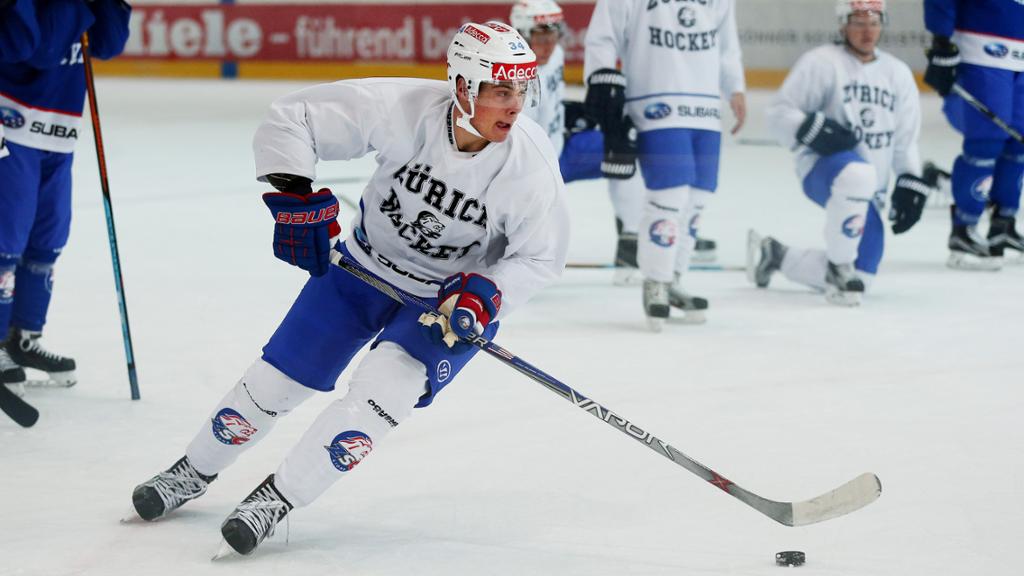
Players can opt to start their hockey career as a prospect in either the Canadian Hockey League or the Champions Hockey League, or as a free agent in the National Hockey League, or go undrafted and sign with a team of their choosing.
Some players entered the NHL undrafted. However, this one should not be followed by those trying to play in the NHL. According to the NHL rule: Regardless of their age, all non-North Americans must be drafted before they may sign an NHL contract. This rule prevents players outside the North American hockey sphere from signing contracts at seventeen years old, coming to Canada or the United States for education while playing in the CHL, and then turning professional when ready.
Jump to a conclusion: You won’t be able to play in the NHL if a team does not draft you.
What happens to undrafted hockey players?
There are numerous opportunities for success in the NHL. It’s nice to get drafted, but it’s not the end of the world for those not drafted. Undrafted athletes will go far in becoming the next Oates, Belfour, Niemi, Kunitz, and others if they put in the effort, tenacity, and mental fortitude. The NHL will find you if you’re good enough to play.
The short answer is, “a lot.” When you come out of university or junior hockey, the NHL team that drafted you will get first dibs on signing your rights away. However, sometimes they just don’t want you for whatever reason. It could be age (players can only be signed before they turn 20), value, fit, etc. If you’re not good enough for the NHL team that drafted you to go after, then the chances are that teams will have minimal interest in signing you.
All 30 teams have an AHL affiliate with which they can reassign their prospects and young talent to play secondary hockey before graduating up to the big show. Players are free to sign with any team they want, but the AHL is often seen as a quick pit stop for players before NHL teams scoop them up.


